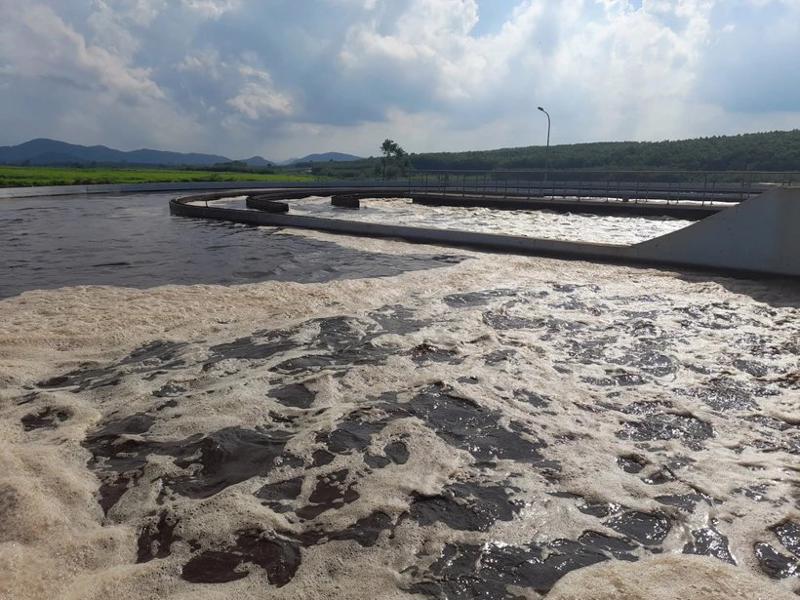The World Bank’s Board of Executive Directors announced its approval on January 15 of a $231 million loan for the Water Environment Improvement Project in southern Binh Duong province, which will directly benefit the lives of over half a million people.
“Across Vietnam, challenges like untreated wastewater and inadequate drainage harm health and risk reducing GDP by 3.5 per cent annually by 2035,” said Ms. Carolyn Turk, World Bank Country Director for Vietnam. “This project is an important step in creating a cleaner, healthier environment in Binh Duong, contributing to sustainable growth and development.”
With total investment of $311 million - including $80 million in counterpart funding from the Vietnamese Government - the project was designed to completely transform wastewater management activities in Thuan An, Di An, and Tan Uyen, three cities in Binh Duong that cover an area of over 33,000 ha with a population of approximately 1.4 million people.
As current wastewater collection and treatment capacities in these cities remain limited, it is estimated that the project will significantly improve such services, benefiting the lives of around 550,000 people by 2032.
It will also increase the level of wastewater treated in Tan Uyen from less than 10 per cent to 32 per cent, and from 17-19 per cent to 45 per cent in Thuan An and Di An. Increasing the level of treated wastewater in these densely populated cities holds significance in reducing pollution in the Saigon and Dong Nai River systems.
The technical design of the project has also taken into account different future environmental scenarios, ensuring that the infrastructure is resilient, adaptive, and sustainably long-lasting. This was accomplished by utilizing technical solutions to increase energy sufficiency and reduce greenhouse gas emissions.
It also incorporates principles of a circular economy, emphasizing resource efficiency and sustainability. An example of this is the use of LED lighting and solar panels that help cut energy consumption, while reusing sludge and treated wastewater contributes to a more sustainable management of resources.









 Google translate
Google translate